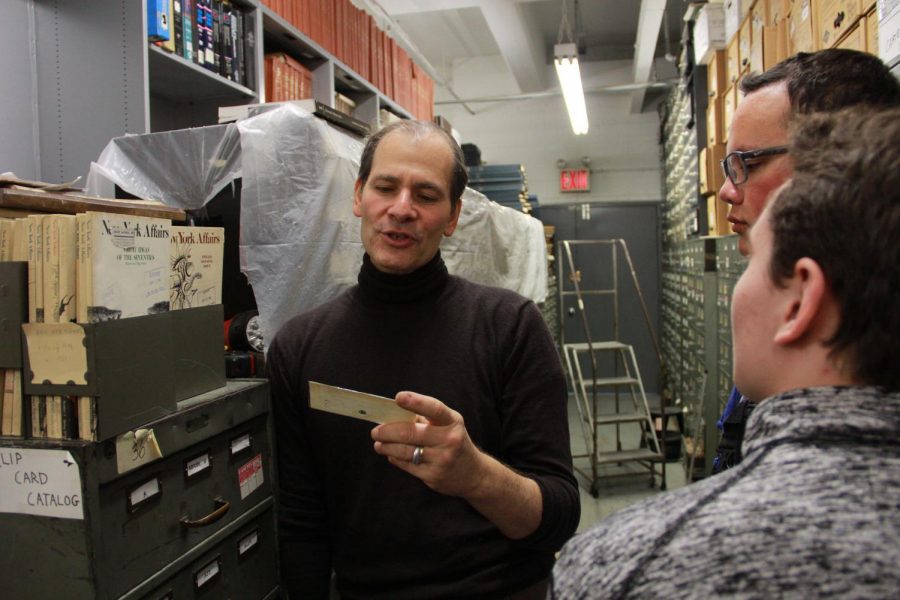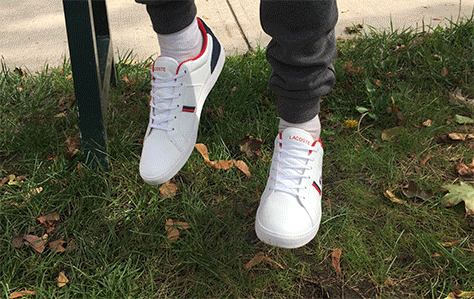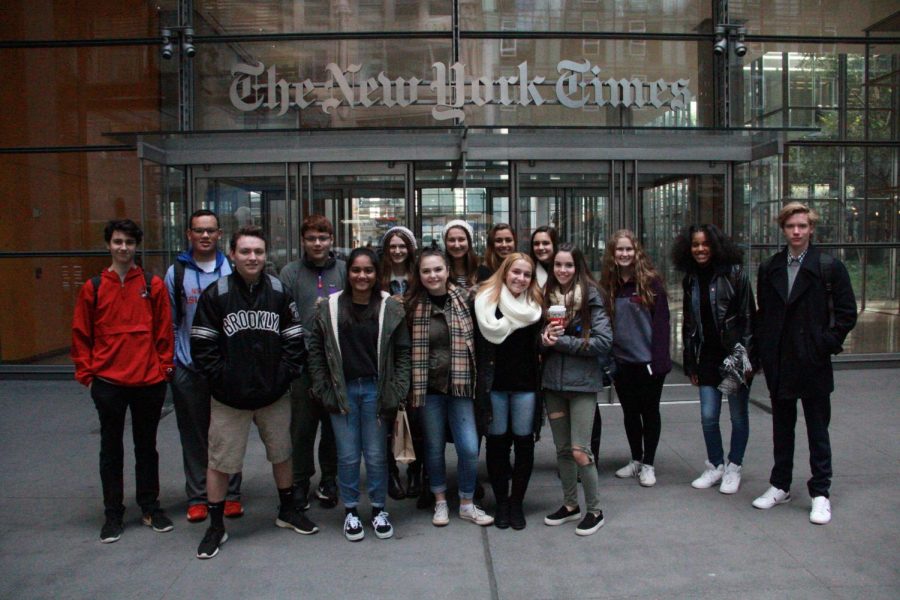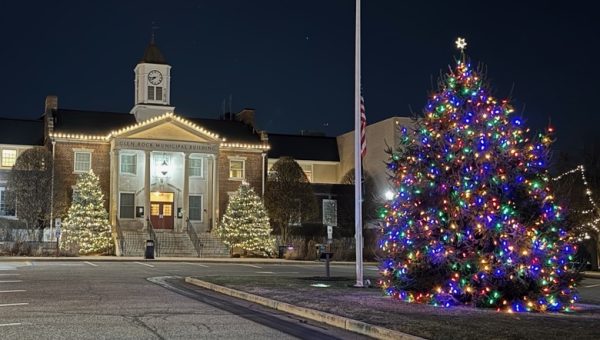Student journalists visit The New York Times
Photo Credit: Keaton Carlisle
The senior staff of the Glen Echo traveled to New York City for a tour of the New York Times. They toured the offices and the morgue, and also had the opportunity to ask questions to a 29 year New York Times reporter.
Fifteen journalism students stood in the center of an underground morgue surrounded by a century of history, not surrounded by corpses but by newspaper clippings filed away in row after row of sorted archives.
The Glen Echo Editorial Board attended on Nov. 15 a private tour of The New York Times given by veteran reporter Richard Pérez-Peña, a Glen Rock resident who has been at the Times for 29 years.
The students visited the international news, technology, and sports departments, but due to renovations the majority of the building was closed for construction.
Pérez-Peña works on the Breaking News desk as a reporter. He has been with the New York Times in various capacities since 1992.
After giving the students a brief history of the Times in the main building, Pérez-Peña and the students walked next door to the CUNY School of Journalism and took the elevator three flights down to the basement.
There, Jeff Roth gave a separate tour of the morgue, an underground archive which is said to be where all Times articles go to die.
Roth is the last of many to remain as the Times’ clip filer since the morgue has a diminished use after the introduction of technology.
The morgue holds clippings of articles, photographs and documents from almost 28 publications, dating back as early as 1851. The weight of all of the files put together is estimated to be around 800,000 tons.

“It was just absolutely incredible to see all the pictures from the past. He was telling us about this picture that was misfiled for close to 50 years,” said Luke Brangaccio, the Advertising and Business Manager.
In addition to the tour of the morgue, the students also enjoyed learning about the inner workings of the Times office. Led by Pérez-Peña, the students were able to see reporters in their daily work environment.
“I learned a lot about how an office works,” Brangaccio said.
After the tour, the students got the opportunity to ask Pérez-Peña questions about his experience in the journalism industry.
Sports Editor Ian Stephenson’s father is a former sportswriter for multiple newspapers, including the Star Ledger.
“For me, someone who has a parent who used to work in the journalism industry, it was interesting to hear about the changes from the perspective of someone who is still there,” Stephenson said.
Due to the increase in technology, print journalism is a diminishing industry. Online outlets are replacing standard newspapers, and graphics, such as videos, interactive charts, and advanced photography are almost as prevalent as the actual writing.
Pérez-Peña said that the New York Times currently has more digital subscribers than print ones.

Keaton Carlisle is a junior and this is his first year with The Glen Echo. He is the chief photographer for The Glen Echo. He spent 3 weeks in California...








